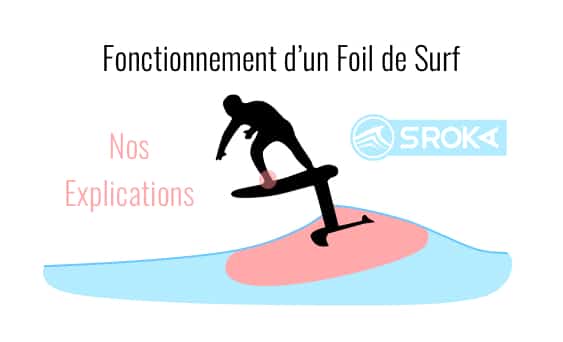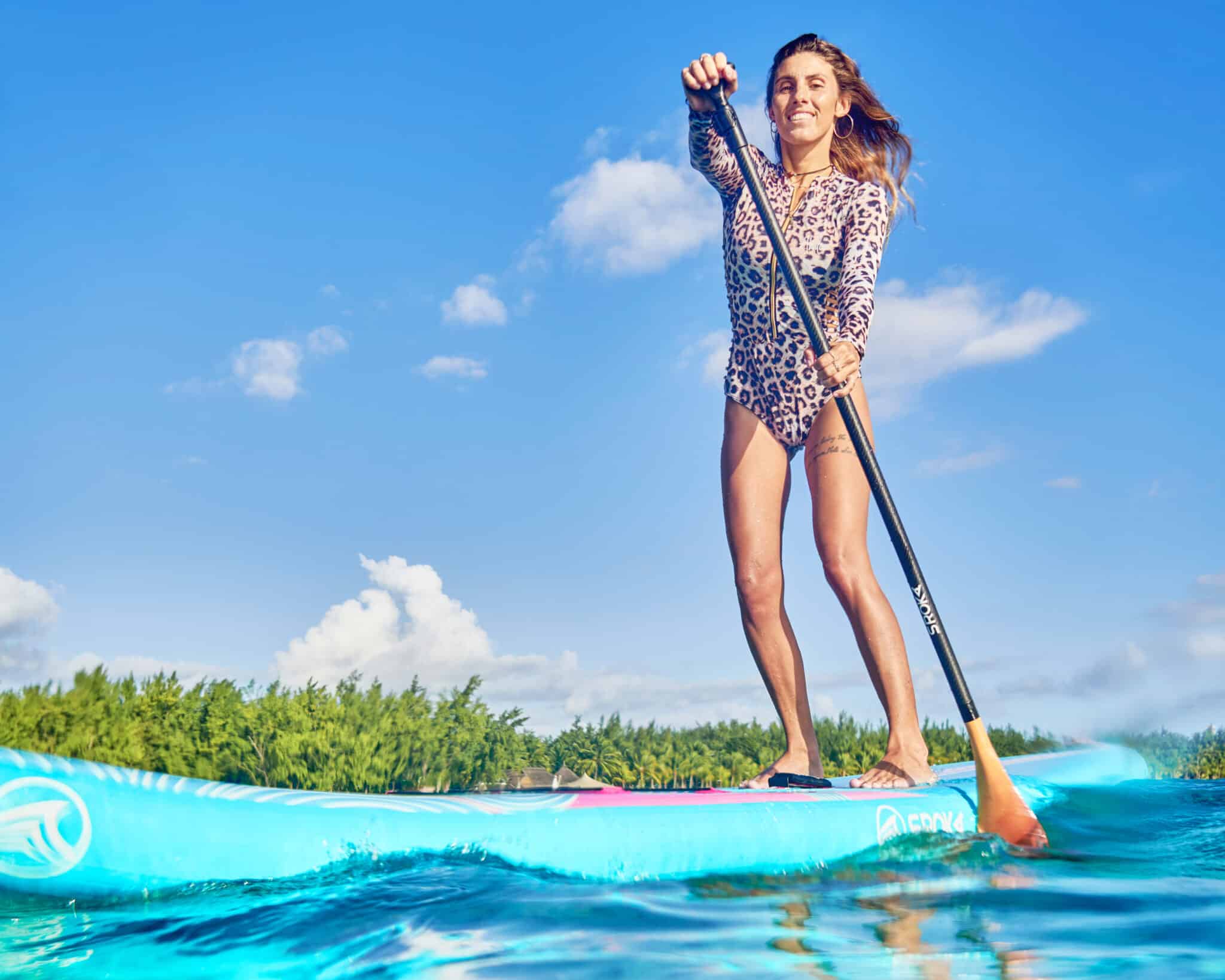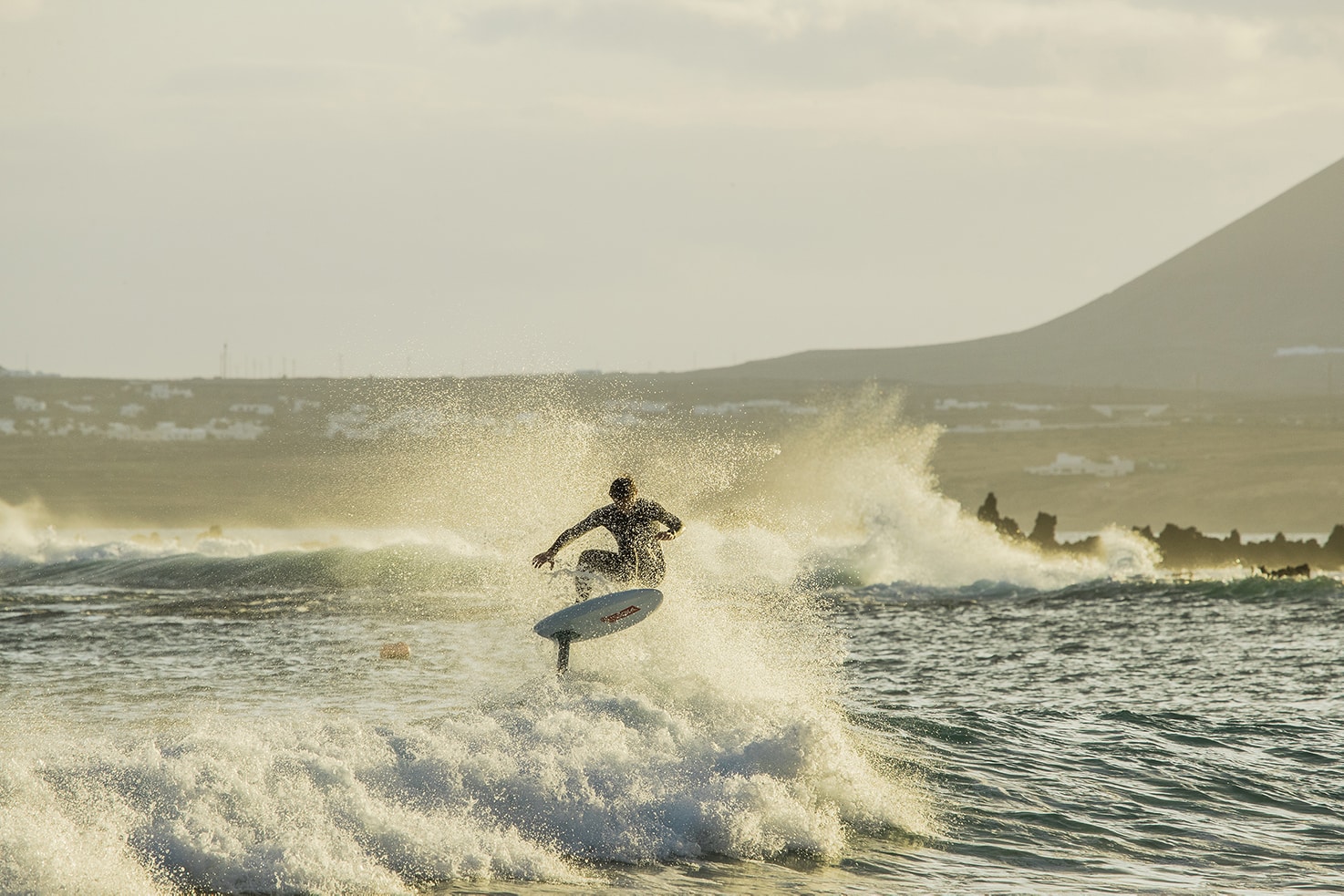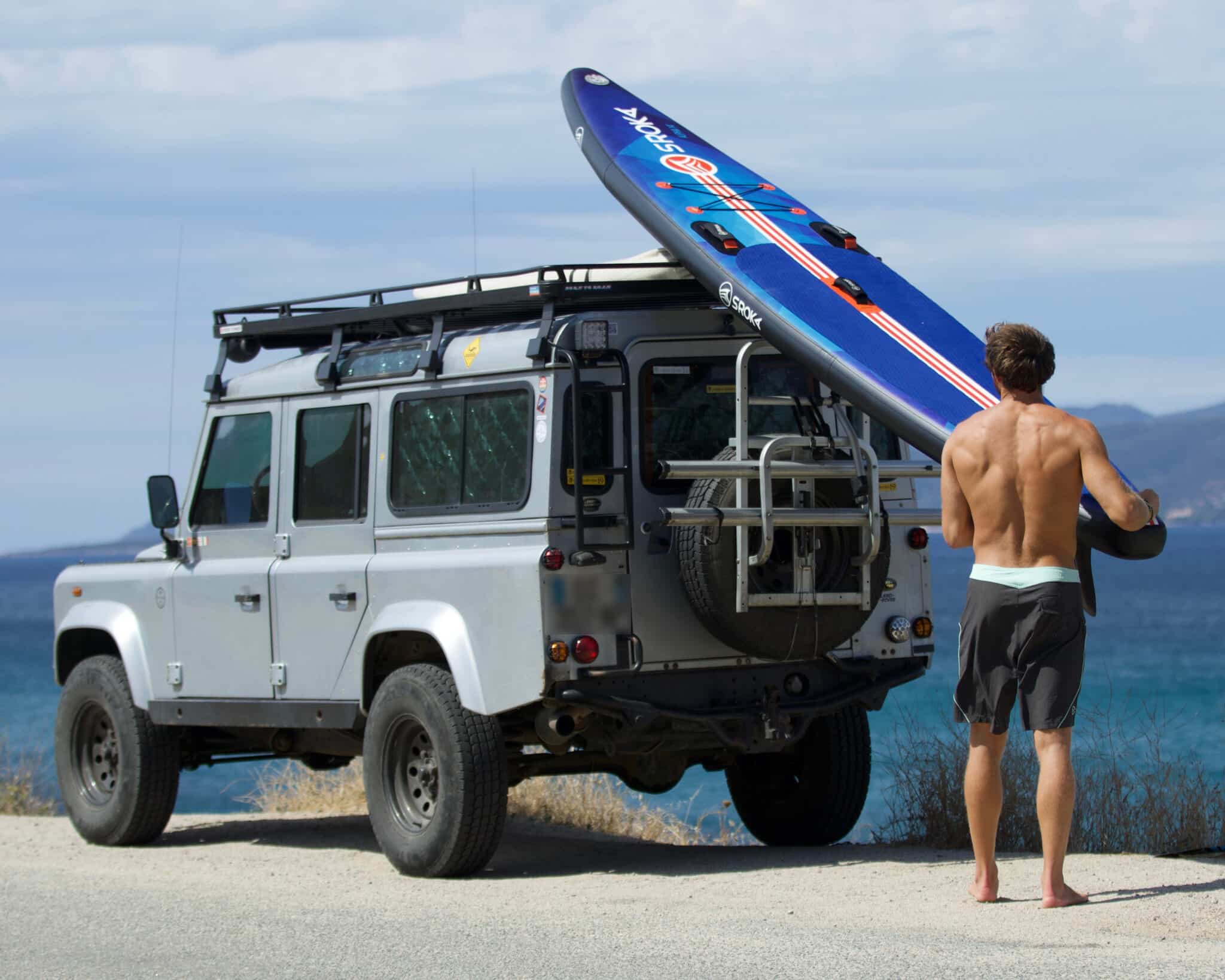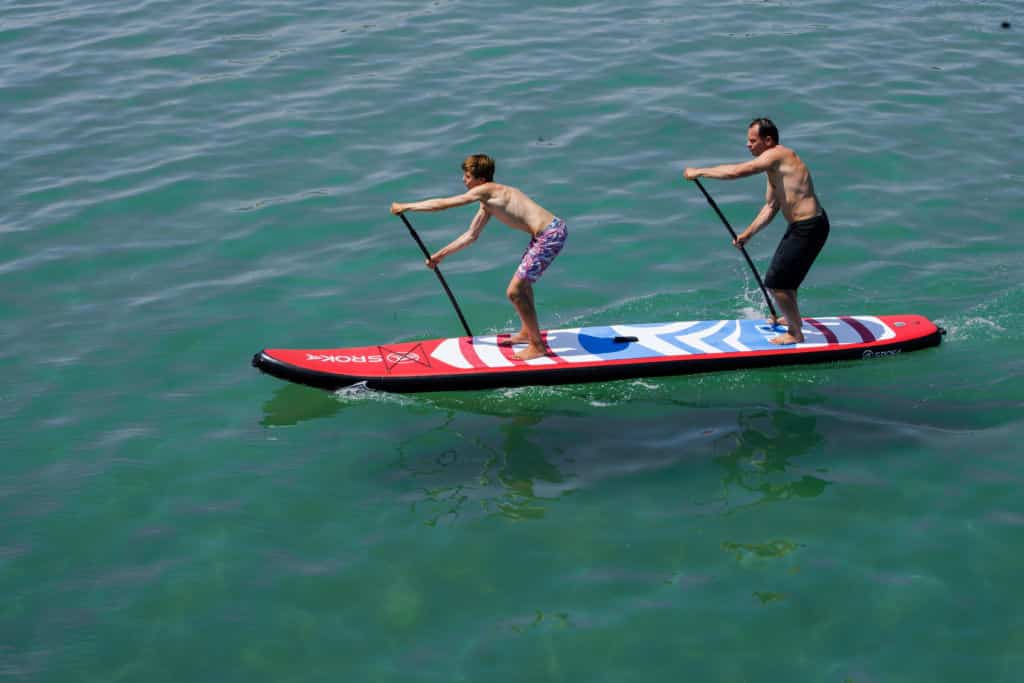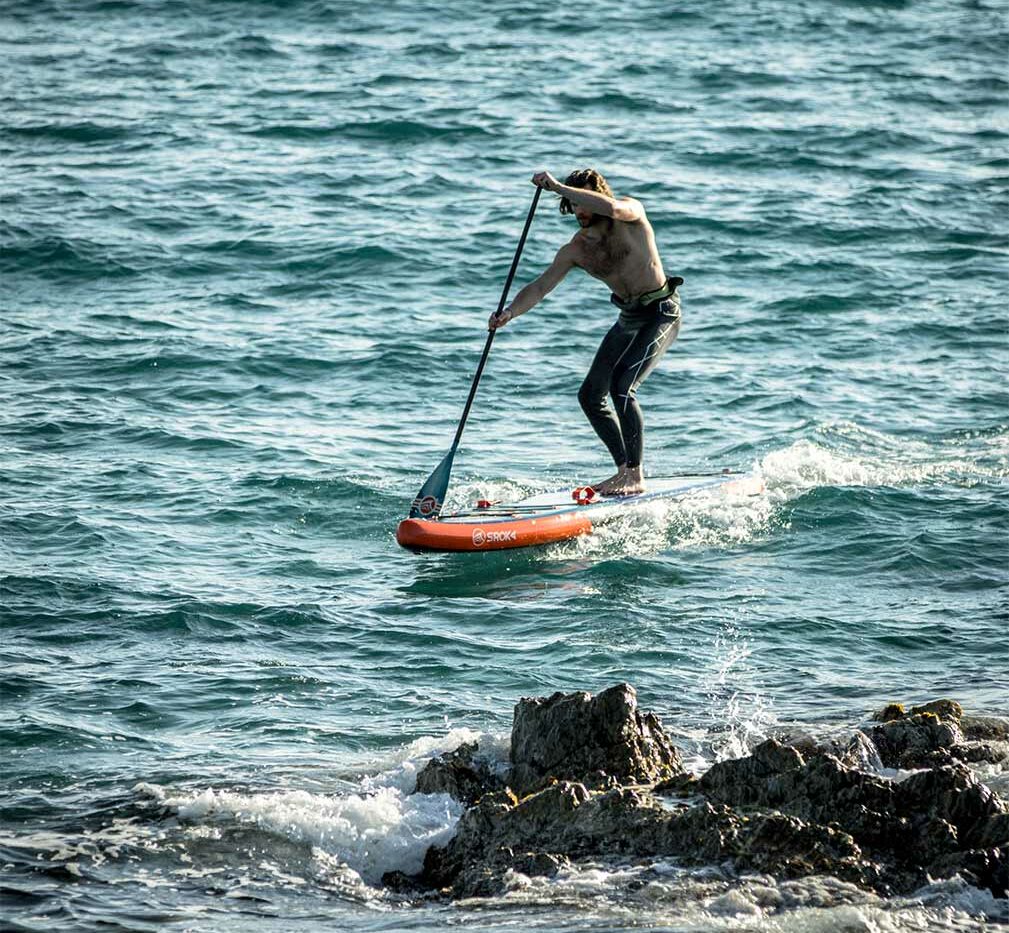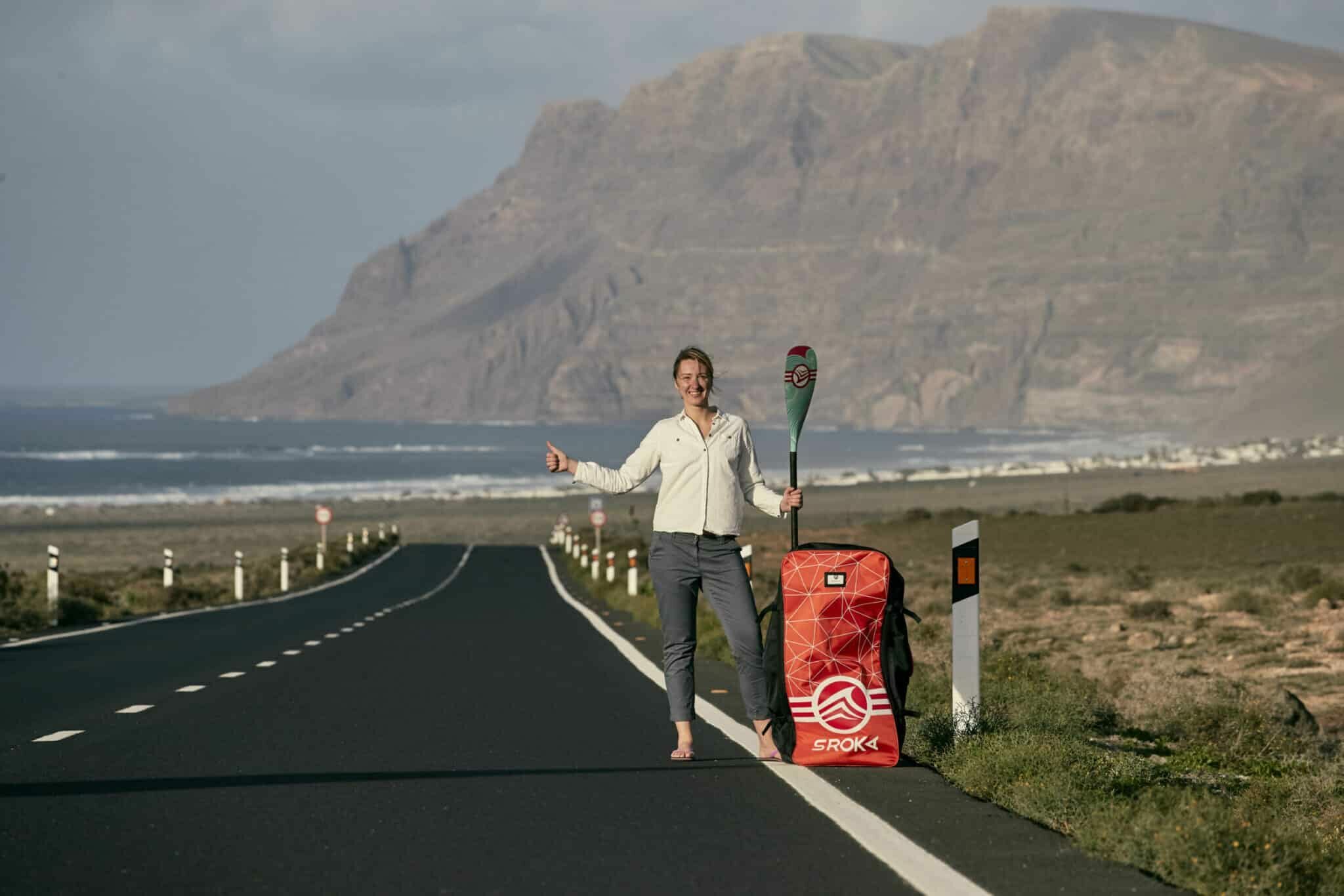 LE MAGAZINE
LE MAGAZINEUsing your paddle in the event of flooding: Tips and precautions

During a flood with a heavy crane, it’s impossible to use your car to get supplies or go and see your neighbors if you need to. Ideally, you’d need a boat, but unless you live by the sea, few people in the countryside own one. Inflatable paddling, on the other hand, is a sport that’s well and truly democratized, so you might considerusing your paddle to get around on the water. In this article, we’ll give you all the advice and precautions you need to take to use your paddle in the event of flooding? Is it really a good idea?
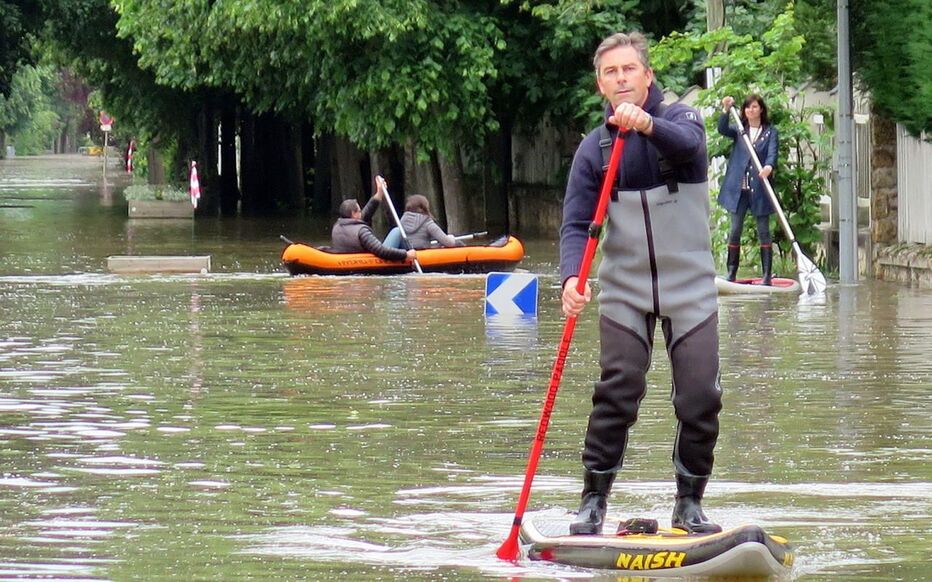
Understanding the role of the paddle in the event of flooding
The inflatable paddle is a watercraft that can be used to get around during floods. However, to avoid putting your life at risk, it’s best if floods occur without current. This reduces the risk of being swept away by the current and the associated dangers.
The benefits
The main advantage of a paddle is set-up. In less than 5 minutes, your paddle is ready to be launched. The second advantage is a paddle’s lightness and maneuverability. It’s easy to maneuver around any obstacle in the water.
So it’s easy to connect areas inaccessible on foot with just a few strokes of the oar. Ideally, however, you’ll need a paddle that’s as stable as possible (i.e. a little wider) to ensure stability and avoid falling into the water.
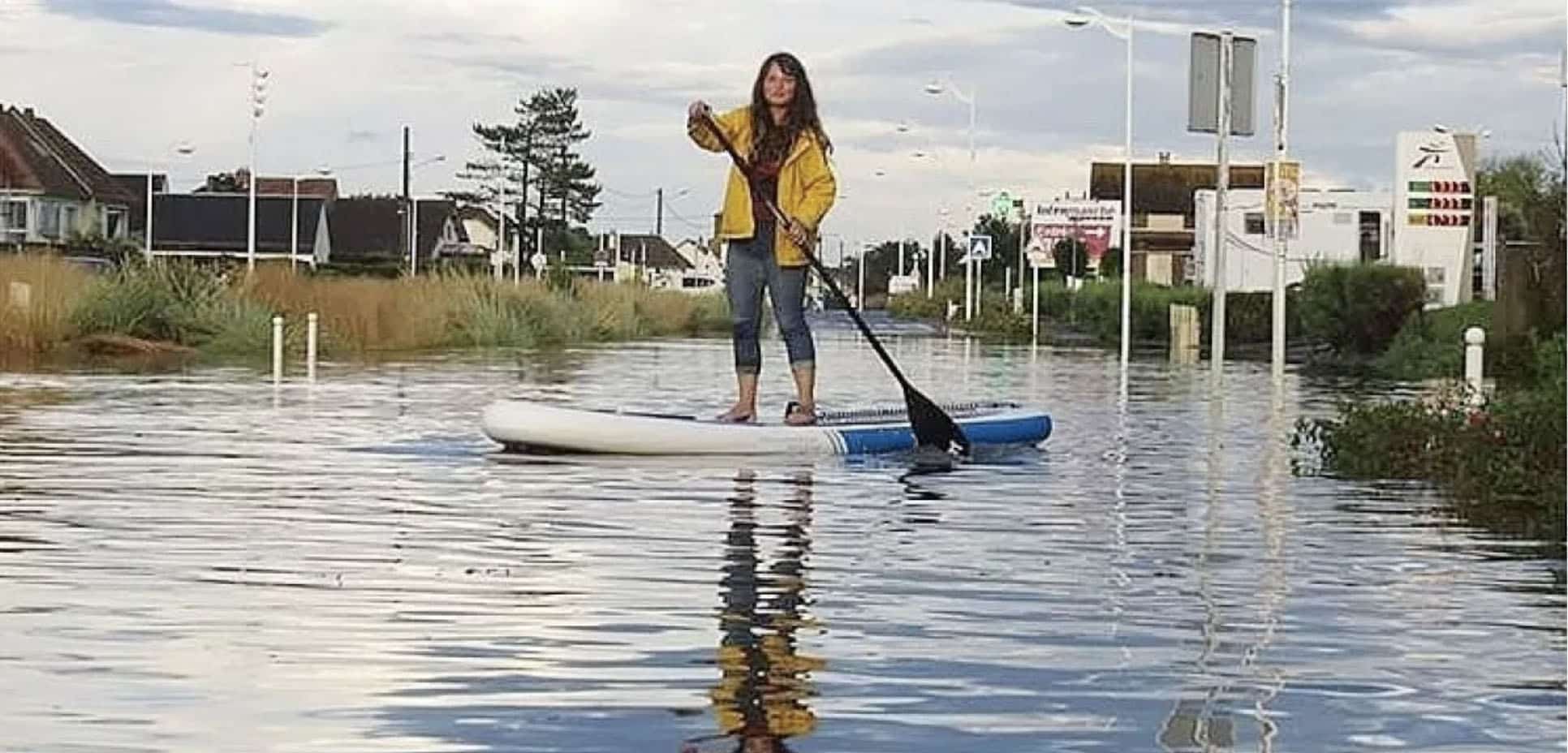
Pre-flood preparation
If you live in an area at high risk of flooding, it’s a good idea to anticipate potential problems by moving as many items as possible upstairs in your home. In addition, stay informed and consider contacting your local council for technical information if necessary.
Suppose one day you’d like to buy a paddle to make your travels easier. In that case, we recommend you choose a high-quality paddle with a double skin on the deck and hull. Why do we do this? Because, unlike lakes or the sea, you’ll have to navigate over roads, embankments, sidewalks and other obstacles. During floods, the water is generally not transparent, which means you can’t see what’s under your paddle. Having a sturdy, stable paddle is essential to avoid damage in the event of contact with an underwater obstacle.
A reinforced paddle is more than three times stronger than a first-rate paddle. To better understand, let’s explore the technical details:
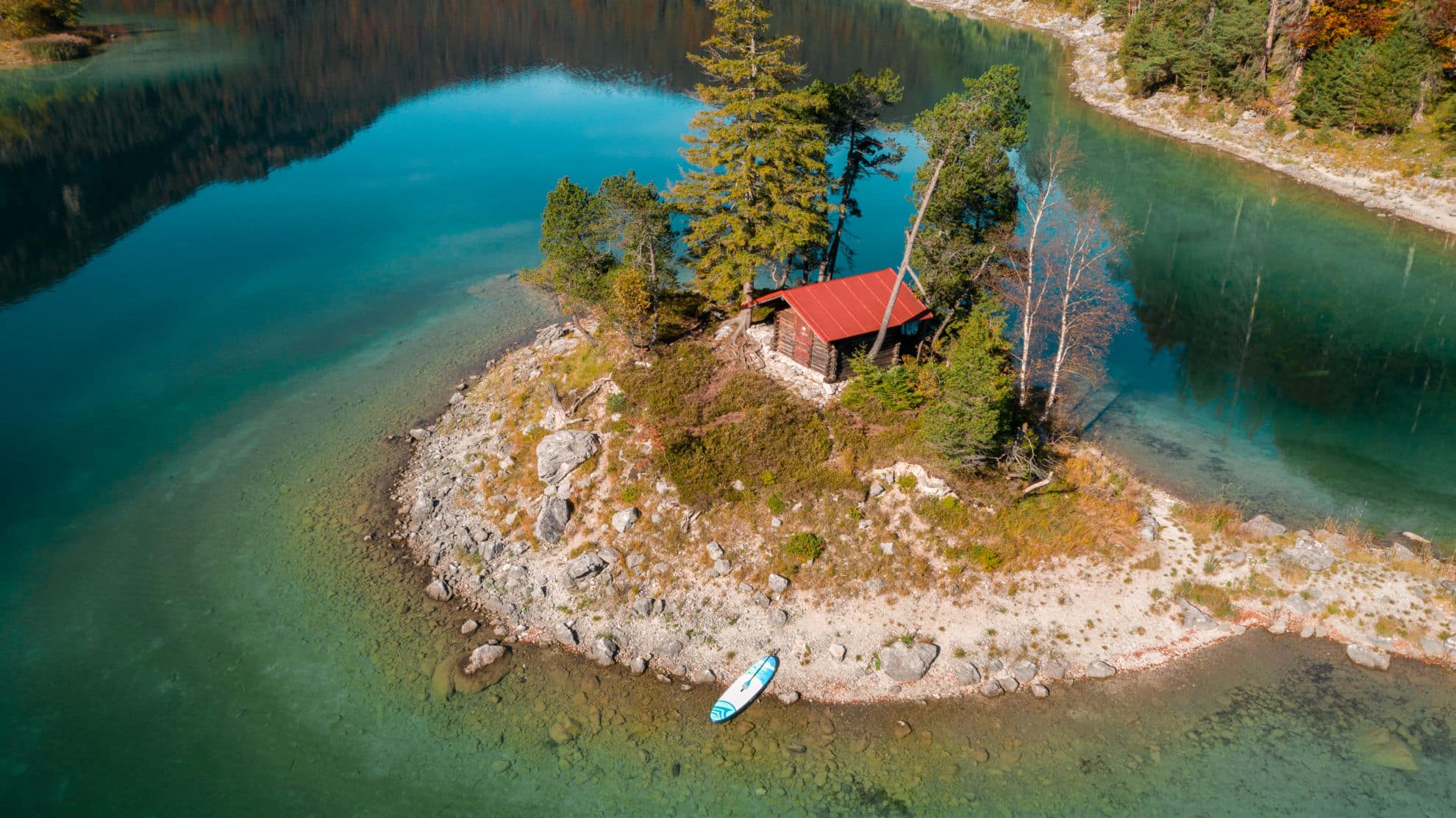
- Materials and PVC layers: A paddle is handmade, and its strength depends on the number of PVC layers used. A reinforced paddle has a double skin and three layers on the rails. This construction makes it resistant to abrasion, shocks and possible explosions in the event of contact with a blunt object.
- Board stability :
- Board width: A wide board, measuring 31 inches or more, is considered wide and stable.
- Board shape: If the tail is wide enough, the board will be more stable. On the other hand, if the tail is rather thin, the board will glide better but will be less stable.
- Construction: Stiffness plays an essential role in stability. A reinforced paddle is more stable because it is stiffer.
So if you’re looking for a stable paddle. Follow the link below. This top-of-the-range range of reinforced paddles will give you great stability.
For flooding, a sturdy aluminum paddle will do the trick, and there’s no need for an ultra-light paddle.

Using the paddle during the flood
If you’re planning to paddle during floods, here are a few safety tips to follow:
- Choose your route wisely: Put your safety first. Before setting off, map out your route and analyze any problems you may encounter, such as strong currents or dangerous areas.
- Equip yourself properly:
Wear a lifejacket and a wetsuit with a lifeline attached to the front of the paddle. Make sure the rope is long enough to hang from a pole or throw a few meters in case of need.
- Navigation technique :
- Don’t look for speed, look for efficiency to save energy.
- Opt for a paddle measuring around 10’6″ x 32″, which will be both stable and relatively short, making manoeuvring easier. A medium-sized paddle is easier to turn than one of 12 feet or more.
- Communication and anticipation :
- Inform your family and friends of your route, and set up a communication process (call time, or call as soon as you arrive….) so that you are not unable to communicate in the event of danger or stress. Don’t forget to carry a waterproof phone, or put it in a waterproof bag.
- Anticipate the fact that you may have to help others in difficulty. A stable paddle is essential in this context.
Don’t forget that safety must always be your priority when paddling during floods.
In a nutshell
Using a paddle during floods can be a practical solution for getting around safely. However, it’s essential to observe safety rules, plan your route carefully, equip yourself properly and remain aware of the associated risks. If you live near a river with strong currents, this can be a risky option. Always prioritize your own safety and that of your loved ones in such situations.
If you have any further questions, or if you have any other requests, please don’t hesitate to contact us!
 Le Magazine
Le Magazine
Article you may be interested in
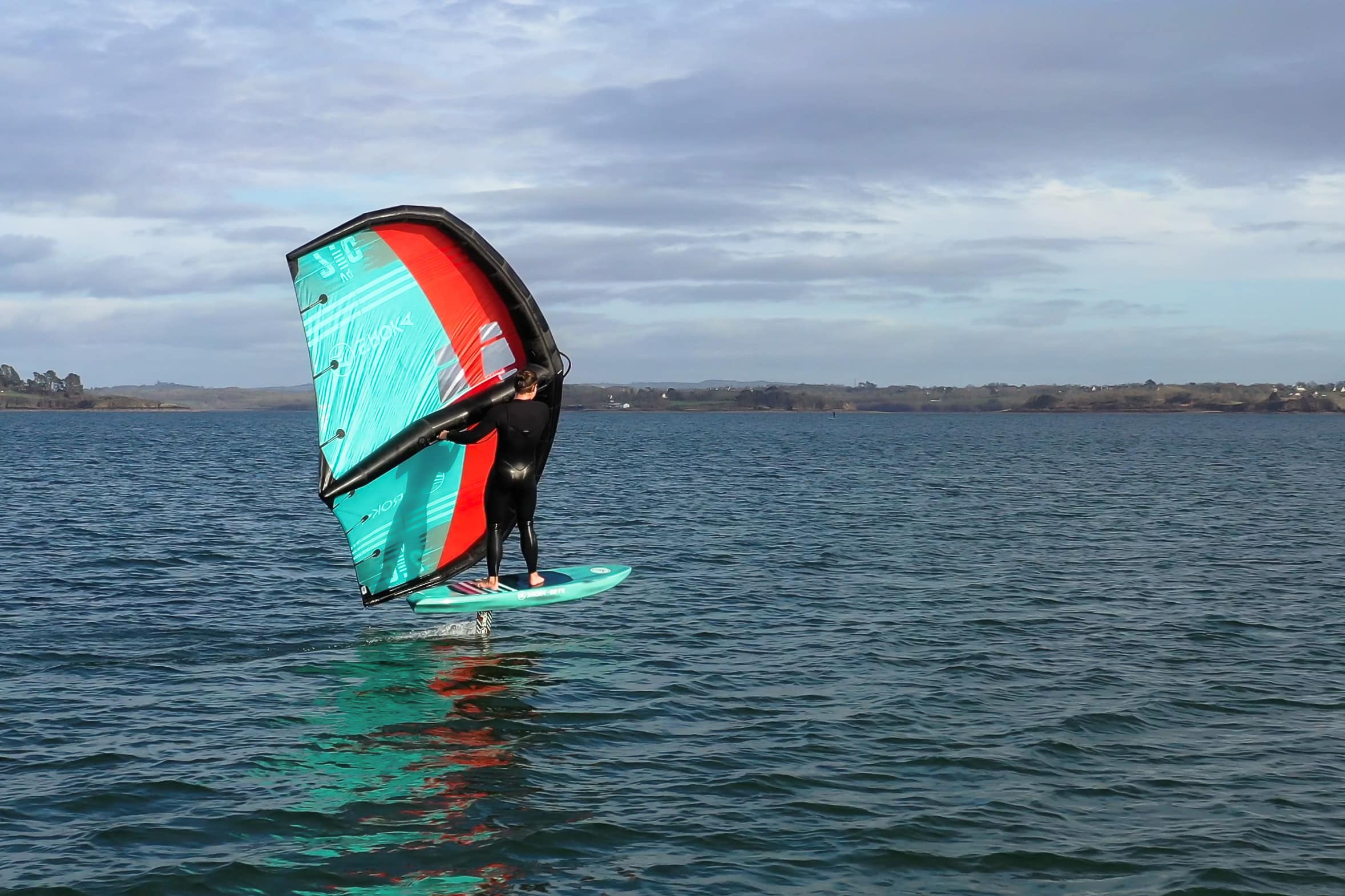
New ultra Light Wind and Down Wind board: the DW from SROKA
New ultra Light Wind and Down Wind board: the DW from SROKA
New ultra Light Wind and the Down Wind board, the DW from Sroka. Or the board that will make you forget your tea-bag nickname, …
–
April 22, 2024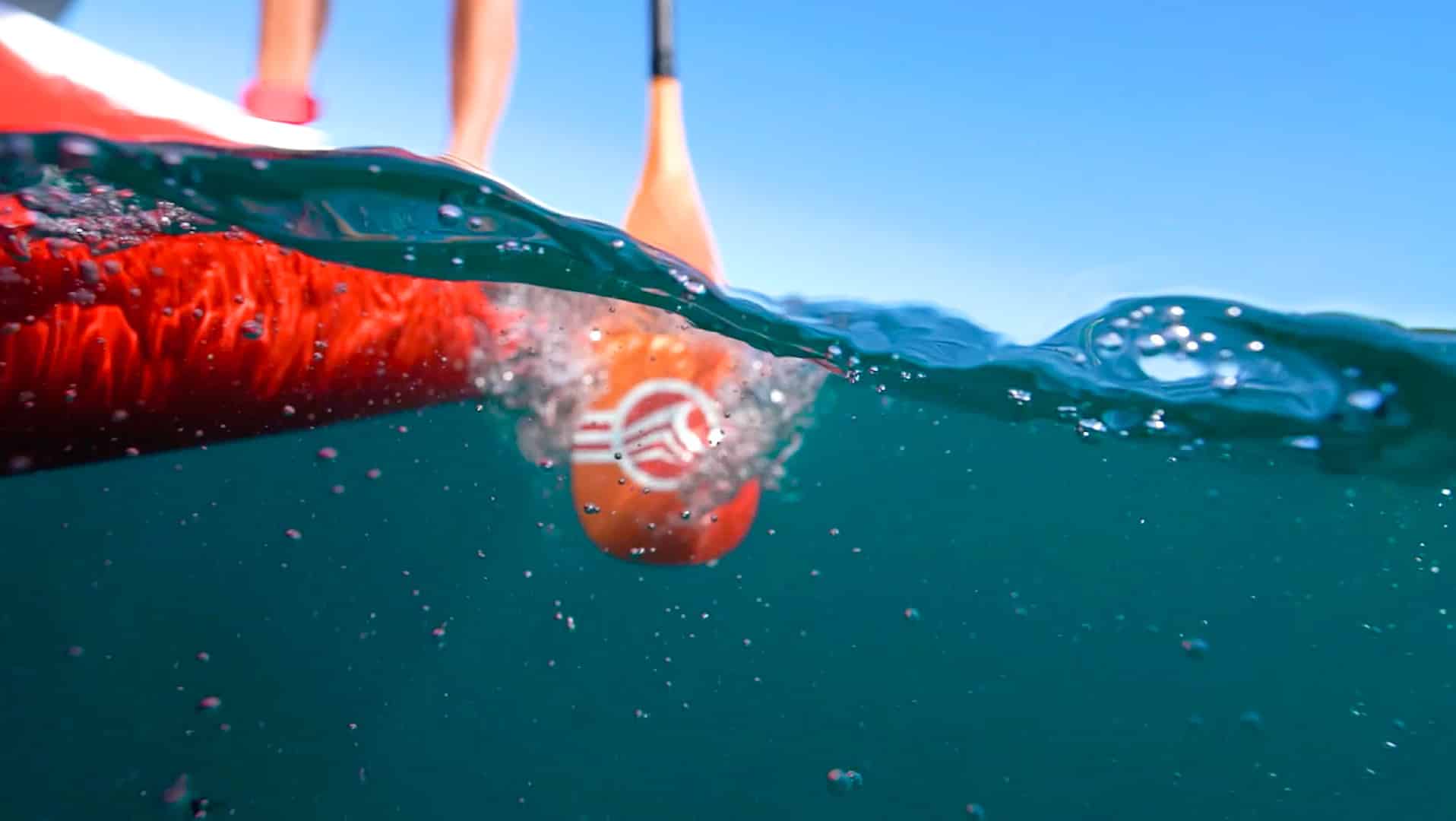
The differences between a carbon vs. aluminum paddle paddle
The differences between a carbon paddle and an aluminum paddle
In general, we can draw a parallel between the paddle and the car to better understand the differences between materials and variations …
–
April 17, 2024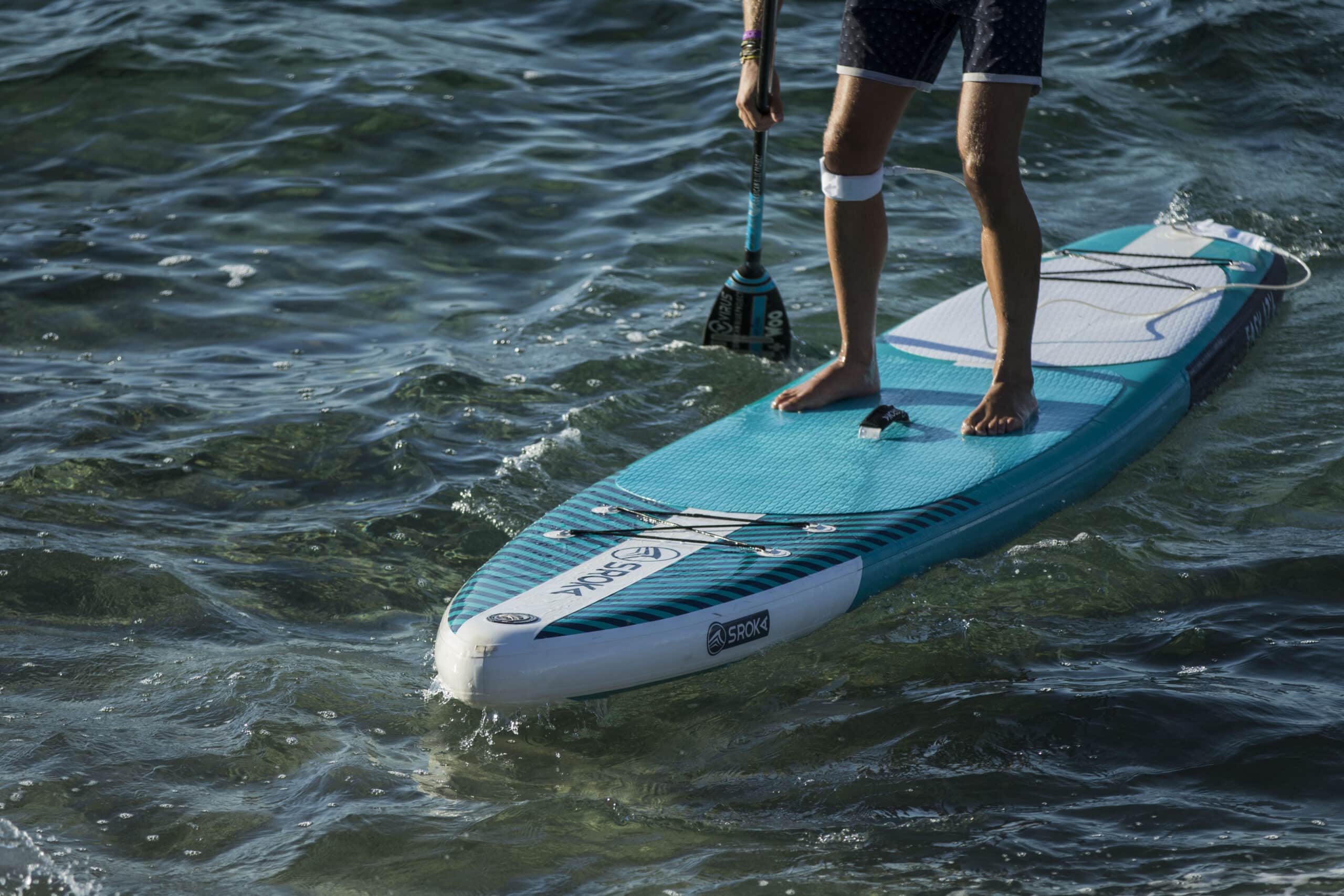
The best stand-up paddle spots in France
The best stand-up paddle spots in France
For more than 10 years now, inflatable stand-up paddling has been growing and spreading on French beaches. In addition to …
–
April 11, 2024
Selection of inflatable paddles: our 2024 comparison
Selection of inflatable paddles: our 2024 comparison
Are you looking for an inflatable paddle for summer sailing on the sea or lake? Inflatable paddles really do have many advantages…



